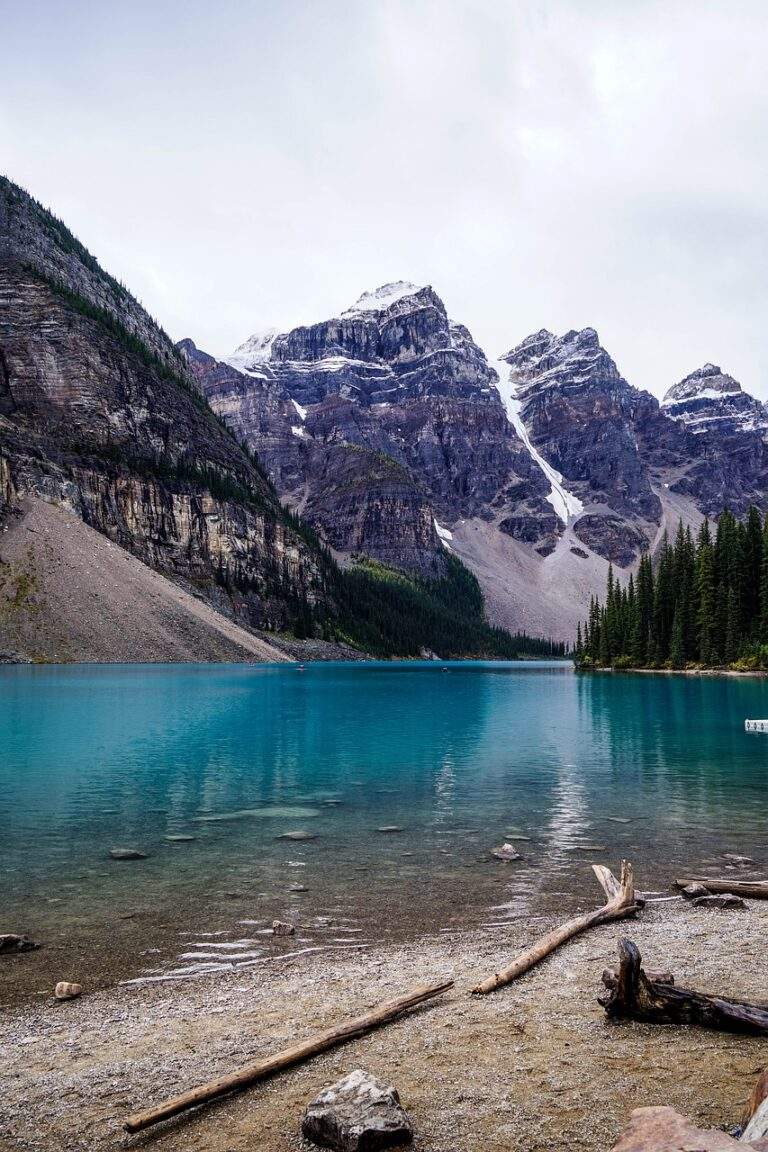
If you are planning on hiking in the Canadian Rockies there are a few things you should consider doing before you go. These simple ideas will help make sure your experience will be safe and enjoyable.
1. Travel Light
I know this seems quite clear or even easy but as you start thinking about all the backup gear you may need for “just in case situations”, the weight really adds up fast. Especially if you pack lots of liquids. If you are only going on a day hike you should have no problem packing enough food and water for that adventure without your backpack becoming too heavy, but if you are planning on going on an overnight hiking/camping excursion this will take more thoughtful planning.
2. Try and condition yourself for the hike before you go
I consider myself to be in decent shape because I workout in the gym and quite active in the outdoors, but when I start climbing in the wilderness, it’s a whole other story. All of a sudden you realize you’re not as fit as you would have hoped. I suggest to start on some of the shorter less steep trails before you decide you want to go all in on an all day hike. This will allow you to get a clear picture of your fitness level and what you would like to set up as a goal for future hikes.
3. Stay Hydrated
Drink water often. Making sure you do this is very important. Pack your own water, and do not drink from streams that you are unsure if they are clean or not. The water could make you sick. For a backup you might want to pack a small, lightweight water filter that makes the water drinkable might be your best option.
4. Know what to do when you see potentially Dangerous Animals
When you are hiking chances are you will see lots of wildlife. Certain times of day your chances will increase animal sightings, such as early morning or evenings as this is when animals are most active. I have seen bears during the day in busy areas, so you just never know. It is best to know how to handle the situation so a bad encounter may be avoided.
Bear Safety Tips
Pack bear spray and know how to use it. Carry a bear bell or have music playing on your phone. Hike in groups if you can. If you do come across a bear, don’t panic and do not run, Make your presence known to the bear. Make yourself appear bigger than you are by stretching your arms out and by waving tree branches or any other handy material. Slowly back away from the bear and seek shelter.
5. Take Nutritious Food
Make sure to pack snacks along with you in case of emergencies. Granola bars or homemade cookies are great for this. If you are only going to be on a day hike or a short hike you can pack fresh fruits and vegetables. Boiled eggs, jerky and peanut butter and jam sandwiches are also great. If you are planning on going on an overnight hike you will have to think about bringing cookware, and nutritious pre-packaged meals.
6. Let People know where you will be hiking
Sometimes you will lose cell service so you wont always be able to stay in contact with your family or friends. It is best to let someone know where and when you are planning on going on your hike just in case something happens. Be sure to check in with them when you are back from your hike so they know you are safe.
7. Dress in Layers
If you head out early in the morning the temperature might be quite a bit cooler than mid afternoon. Dressing in layers is a great way to keep warm. Then just take off some of the layers as the day becomes warmer.
8. Wear Proper Footwear
Since most day hikes in the Canadian Rockies are not paved you should find yourself a good pair of hiking boots to wear on your hike since there are lots of slippery rocks and loose terrain good boots should be worn. On shorter hikes you could probably get away with wearing comfortable cushioned sandals or sneakers, but to avoid injury I recommend wearing proper footwear.
9. Pack For All Types of Weather
10. packing Essentials
Even though you may only be going on a day hike it is wise to pack for emergencies. You will have a peace of mind knowing you are prepared for the constantly changing weather or a possible injury that may occur. Some essentials that you should pack are extra snacks, water, emergency kit, trail map, and directions, camera or phone, extra clothes.
Following these few tips will allow you to spend more time enjoying the outdoors rather than worrying the whole time.



